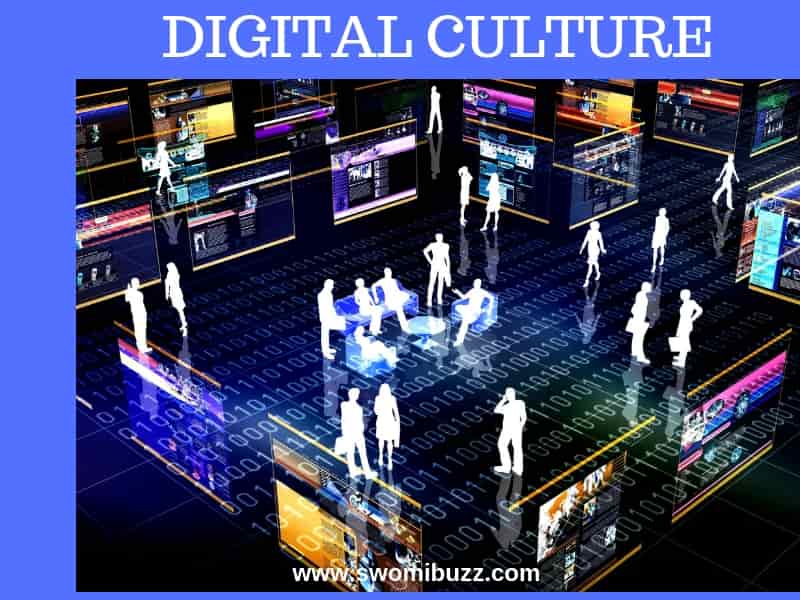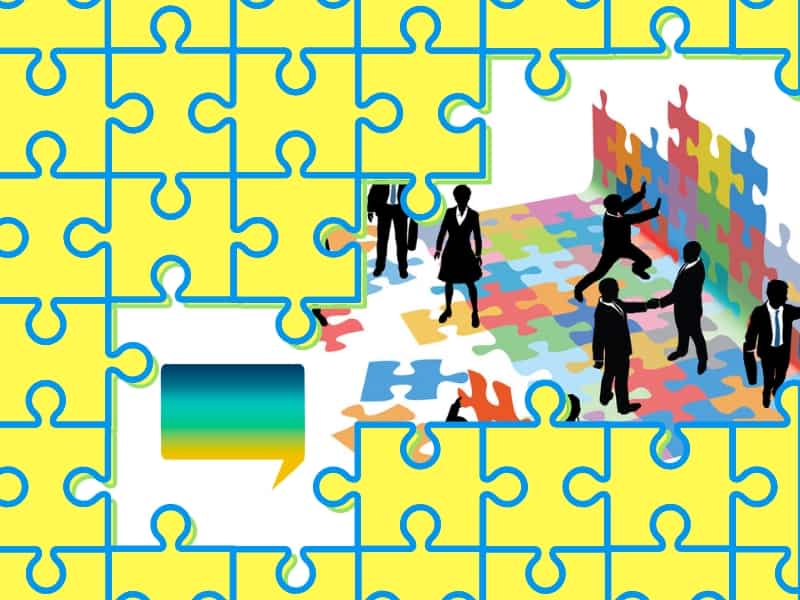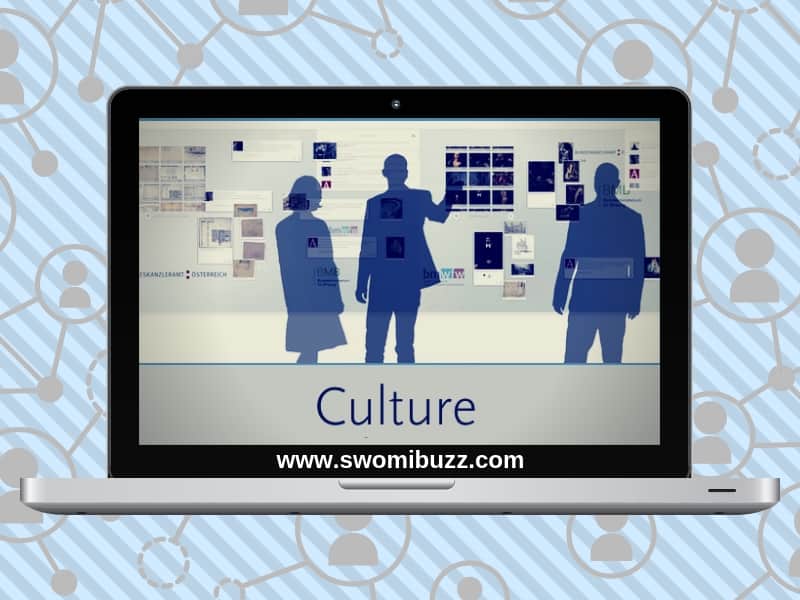Are you keeping up with the times? Or are you stuck in old ways?
This article is letter (C) of our “Culture” series where we write an article for each letter of the phrase. “Culture” examines how digital influences culture. Find links to more articles in the series below.
Where analog says right, digital goes left. When digital stops to listen and learn, analog busts out the market research. Digital wants to fail fast. Analog coolly stands to the side. The differences between the two couldn’t be more apparent.
Differences Between Analog and Digital Culture

Analog Culture refers to pre-internet ways of doing things and ways of thinking. You can also think of it as traditional or “old-school,” if that helps. It’s the old Greco-Roman government institutions that proclaim to be timeless. They proudly stand on their Ionic columns to say, “This is how things have been, how things will continue to be, and what has worked in the past will timelessly endure into the future and beyond...” in a weary, crumbling voice.
Digital Culture is anything but that. Digital is like an ever-shifting landscape where solid ground wiggles like waves underneath your feet. There’s no beginning and there’s no end because anywhere you go, you will never find yourself in the same place twice. Exciting? Yes. Unnerving? It can be. All of us are new explorers in Digital Culture. We’re creating the rules as we go. It means we break things. Fail fast. And learn faster.
Mindset Shifts Needed For A Digital Culture Migration

These differences are actually Mindsets. As a whole, we haven’t made a complete digital transformation shift just yet. The migration to a digital culture is most apparent with both brick-and-mortar businesses as well as eBusinesses.
It’s not the strongest, fastest, or smartest that survives. It’s the one that is most adaptable to change. The mindset needed for businesses, individuals, and the whole culture in general is one that can successfully adapt to change.
The responses Marissa Levin brings forward on Inc. all share the common thread of quickly adapting to change and being future focused. Here’s what she has to say:
Proactive vs. reactive. Companies don't wait to respond to changes. They proactively seek ways to innovate, and stay ahead of market shifts.
Flat organization versus hierarchy. To be as agile as possible, companies are removing unnecessary layers to speed up decision making, break down silos, and improve communication.
Failure is embraced/expected vs. discouraged. Risk aversion is now a liability. Leaders expect managers and employees to take calculated risks.
Innovation is fast/agile vs. heavily research dependent. Companies no longer require detailed business cases to make decisions on products/services.
Data is future focused vs. historical. Companies use data for rapid decision-making and real-time analysis. Tracking trends of what happened last month or last year is irrelevant.
Customer-centric vs. product/service-centric. Customers expect swift responses to product enhancements, customer service inquiries, and easy access to company people and information.
Culture Changes What We Need To Know…

What counts as common sense changes with the ages. At one point in time, it was “common sense” to know how to salt and cure meat yourself. At another point in time, it may have been common sense to know how to properly wear a top hat. Who knows. The point is, those things are lost in time and not relevant at all to a modern person’s everyday life.
In an increasingly connected and digital world, there are certain common sense things to know too. We already learned one – change is the only constant. Common sense for the digital age are loose guidelines to help our minds pivot on (remember, there is no solid base) and adjust. Here are just a few of the kind of “stuff” a student of the digital world will find helpful to know from Terry Heick on TeachThought:
1. A Life Built Around Software
- Businesses can and do take your media, files, or data with them
- Nothing is free
- Learning how to evaluate an app’s privacy permissions
2.The Always-On Audience
- Knowing the difference between who’s listening, who’s responding, who’s lurking, who cares, who doesn’t care, etc.
- How to listen with curiosity when there are a million other things to do
3. Human Spaces
- The relationship between physical and digital spaces
- The nuance of communication in-person (e.g., eye contact, body language) and in digital domains (e.g., introduction, social following, etc.)
4. Information Sources
- The best way to find different kinds of information
- Distinguish fact from opinion, and know the importance of each
- How to think critically—and carefully–about information
Word Up: Content Lifestyle
Ultimately, we want to make the shift into Digital Culture to live the Content Lifestyle. At Swomi, we believe everyone deserves to live the Content Lifestyle. What is it? The Content Lifestyle is a way of life where everyone rightfully receives the value of their online content.
Everyone creates content simply by using the internet. And all of this content has a real social and marketable value, yet the everyday person never sees any of that value because it’s being taken by online platforms.
This article is part of our “Culture” series where we write an article for each letter of the phrase. “Culture” examines how digital influences culture.
Click below to read more articles in the “Culture” series:
(C) Feeling Left Behind? What You Need To Know For (C)ulture Online
(U) The Shocking Revelation About (U)ser-Generated Content's Value
(L)essons We've Learned About Lifestyle Content Marketing
(T) Content Culture (T)rends 2020
(U)tilize Culture To Grow Your eBusiness



